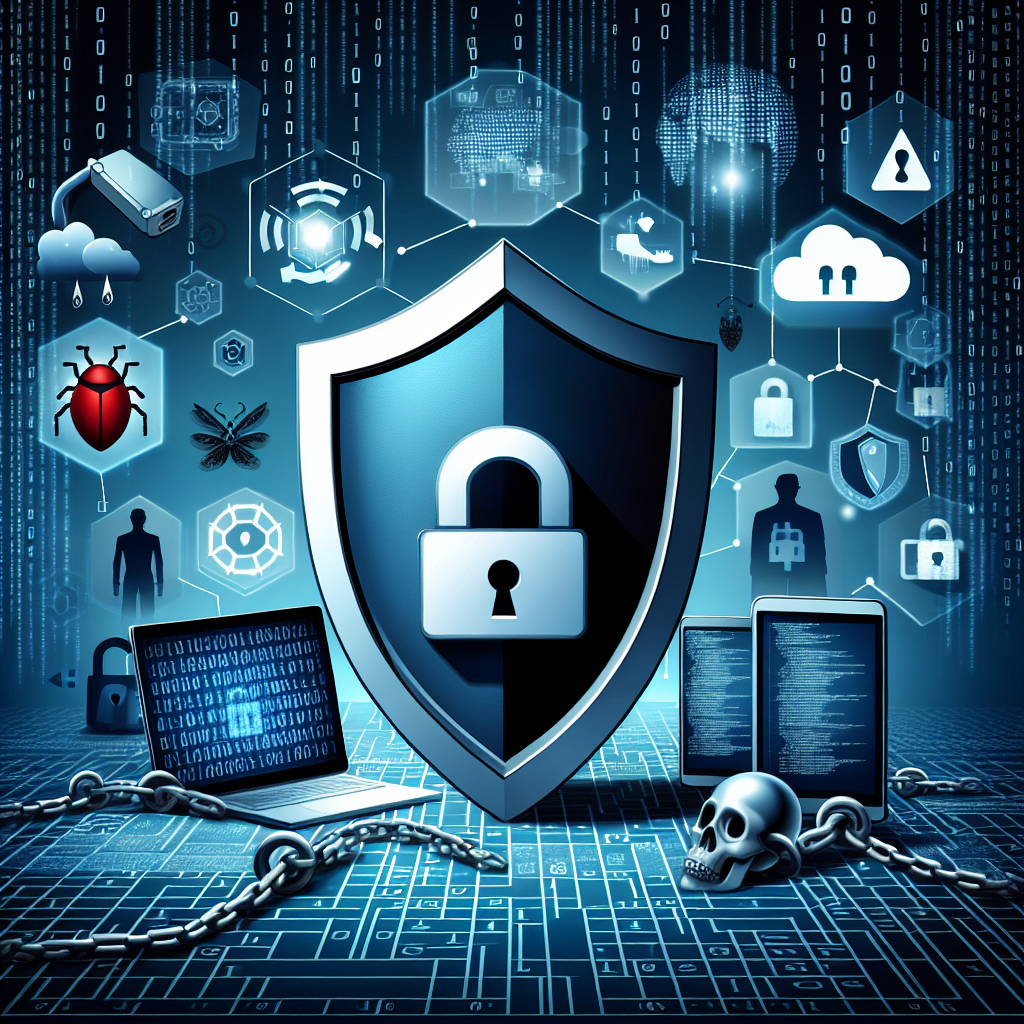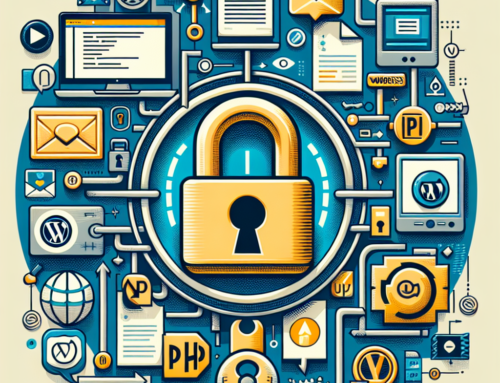In today’s digital era, cybersecurity has become an essential priority for both businesses and individuals. With the rise of cyber threats and the increasing reliance on technology for most everyday activities, implementing an effective cybersecurity system is more important than ever. This definitive guide will provide you with a comprehensive understanding of the critical aspects to consider for protecting your information and digital assets.
Importance of a Cybersecurity System
The importance of a cybersecurity system cannot be overstated. In a world where data is the new gold, protecting confidential information and digital assets is crucial for maintaining the integrity and trust of any organization. Without a robust security system, companies risk significant financial losses, damage to their reputation, and loss of customer trust. Moreover, cyber threats do not only affect large corporations; small and medium-sized enterprises are also frequent targets, often due to their less robust defenses.
Risk and Vulnerability Assessment
Before implementing any security measures, it is essential to conduct a thorough risk and vulnerability assessment. This process involves identifying the most critical assets, evaluating potential threats, and determining the vulnerabilities that could be exploited. A detailed assessment allows organizations to prioritize their resources and efforts in the areas that need them most, ensuring more effective and efficient protection.
Implementation of Security Policies
Security policies are the backbone of any cybersecurity system. These policies must be clear, concise, and accessible to all employees. They include guidelines on the proper use of technological resources, secure password practices, and procedures to follow in the event of a security breach. Implementing well-defined security policies helps establish a security culture within the organization and ensures that all team members are aligned with protection objectives.
Use of Appropriate Technologies and Tools
Technology is an indispensable ally in the fight against cyber threats. Appropriate tools such as firewalls, intrusion detection systems, and antivirus software are essential for protecting systems and data. Additionally, implementing advanced technologies like artificial intelligence and machine learning can significantly enhance the ability to detect and respond to threats in real time. However, it is important to remember that technology alone is not enough; it must be complemented with effective security practices and policies.
Employee Training and Awareness
The human factor is often the weakest link in the cybersecurity chain. Therefore, employee training and awareness are critical components of any security strategy. Employees should be educated about common cyber threats, such as phishing, and how to recognize and respond to them. Regular training and attack simulations can help keep all personnel alert and prepared to act appropriately in the event of a security incident.
Monitoring and Incident Response
Continuous system monitoring and preparedness for incident response are fundamental aspects of an effective cybersecurity system. Early detection of suspicious activities allows for a swift response and can minimize the impact of an attack. Moreover, having a well-defined incident response plan ensures that the organization can react in an orderly and efficient manner to any security breach, thereby reducing downtime and potential damage.
In conclusion, implementing an effective cybersecurity system is a multifaceted task that requires a combination of advanced technologies, clear policies, and ongoing employee training. By addressing each of these aspects with seriousness and dedication, organizations can better protect their digital assets and maintain the trust of their customers and partners. Cybersecurity is not a destination but a continuous journey that demands constant vigilance and adaptation to new threats and challenges.







Leave A Comment